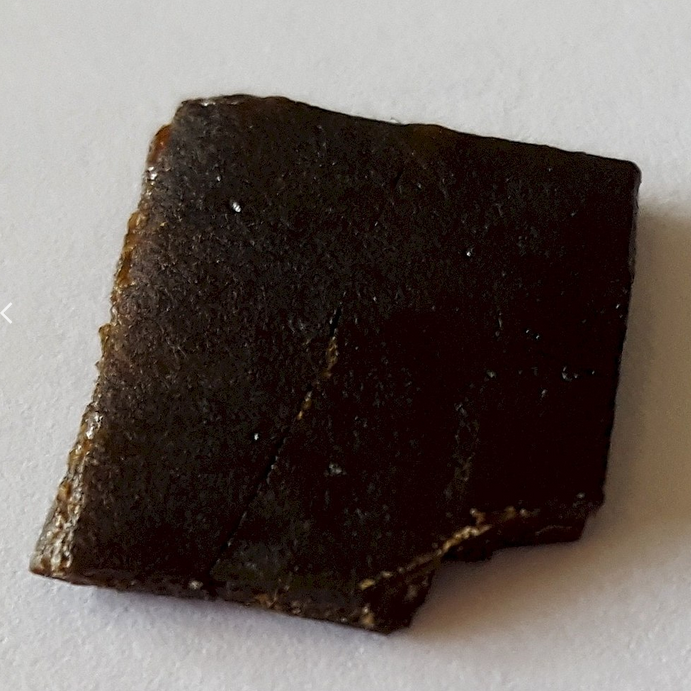|
Name: Opium fluid extract
Type: Opioid
AKA: N/A

|
|
II. Natural Derivative

|

|
|
IV. History
Opium fluid extract, a concentrated form of opium, has been used historically for its analgesic and sedative properties. It was used extensively in the 19th and early 20th centuries in medicine. Its use has declined due to the development of more refined opioids, but it remains a significant part of the history of pain management.

|
|
V. Legal Information
Opium fluid extract, an opioid derivative used for medicinal purposes, is classified as a controlled substance due to its opioid content. In the US, it is regulated under Schedule II. Globally, its status reflects efforts to manage opioid use and prevent misuse while allowing for its medicinal use.
US Federal Schedule - II
Schedule II drugs, substances, or chemicals are defined as drugs with a high potential for abuse, with use potentially leading to severe psychological or physical dependence. These drugs are also considered dangerous. Some examples of Schedule II drugs are: combination products with less than 15 milligrams of hydrocodone per dosage unit (Vicodin), cocaine, methamphetamine, methadone, hydromorphone (Dilaudid), meperidine (Demerol), oxycodone (OxyContin), fentanyl, Dexedrine, Adderall, and Ritalin.
Key US Federal Policies:
Controlled Substances Act. Public Law: Public Law 91-513 (text can be found on GovInfo) (https://www.dea.gov/drug-information/csa). Date enacted: October 27, 1970.
|
|
VI. Physical Effects
Opium fluid extract, a concentrated form of opium, provides potent pain relief and sedation. As a downer, it induces significant drowsiness and respiratory depression. Short-term effects include pain relief and euphoria, while long-term use can lead to addiction and cognitive impairment. Overdose risks involve severe respiratory depression and potential fatality. Safe dosing involves careful medical supervision. Recent findings emphasize its effectiveness and challenges in managing addiction.  |
|
VII. Psychological Effects
Opium fluid extract, a potent opioid preparation, affects opioid receptors to provide analgesia and euphoria. Psychological effects include mood alteration and cognitive impairment. Immediate effects last several hours, with long-term use carrying risks of dependence and mental health issues. Research examines its potency, safety, and abuse potential.
 |
|
VIII. Culture
Opium fluid extract, a concentrated form of opium, is used for its potent analgesic and sedative effects. Its cultural significance is linked to its historical use in pain management and the broader issues of opioid use. Opium fluid extract represents the evolution of opioid pharmacotherapy and reflects the ongoing challenges of managing pain while addressing risks of misuse and dependency. Its role in the cultural narrative is one of historical interest and the development of opioid medications.
 |
